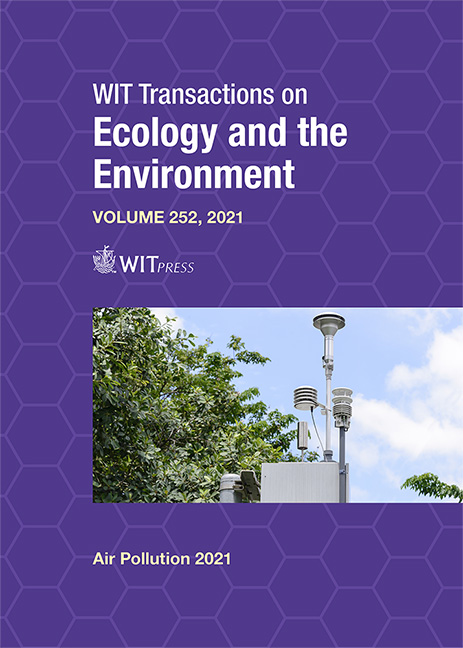ENHANCING THE SONIC URBAN ENVIRONMENT IN HISTORICAL SITES: EL-TAHRIR SQUARE IN EL-MANSHEYA, ALEXANDRIA, EGYPT
Price
Free (open access)
Transaction
Volume
252
Pages
12
Page Range
239 - 250
Published
2021
Paper DOI
10.2495/AIR210221
Copyright
Author(s)
NIHAL ATIF, HASSAN ABDULSALAM, IBRAHIM MAROUF
Abstract
To improve the quality of life in cities, a variety of interventions are applied. Noise is a substantial and important sort of pollution that has a negative impact on the urban environment and human health. According to the complaint survey, it ranks second among environmental contamination complaints (conducted by EEAA (Egyptian Environmental Agency Affairs in 2019) [1]. The most significant source of noise in the city is traffic noise. In order to improve the urban sound environment, many physical techniques are being applied, especially in the heritage sites, which are considering the main attraction factors that ensure the economic and tourist life of the cities. Human sensory is affecting the marketing of the heritage site which aims at generating a strong place identity of the place that stems from its landscape. Not only do the physical characteristics enhance the place but also the relation between people and place is the main factor that improves the urban environment. Alexandria is Egypt’s second-largest city after Cairo. It is located along the Mediterranean Sea, and El-Tahrir square is considered the oldest square in the city located in El-Mansheya. It is affected by a high level of noise due to the surrounding roads and the different social activities. The purpose of this paper is to clarify the design considerations for the most appropriate physical technique along with historical open spaces, with the goal of improving the quality of life (QOL) and the sonic urban environment specifically. The proposed methodology is focusing on how noise affects human perception and the urban environment. Then it delves into the various physical noise control approaches. The goal of this research is to evaluate the suitable design of a sonic urban environment that fulfils social, environmental, and economic perceptions while maintaining a balanced approach to the noise issue in order to improve QOL in historical sites.
Keywords
noise pollution, sonic urban environment, historical sites, traffic noise, acoustic sustainability, quality of life, noise reduction, acoustical level





